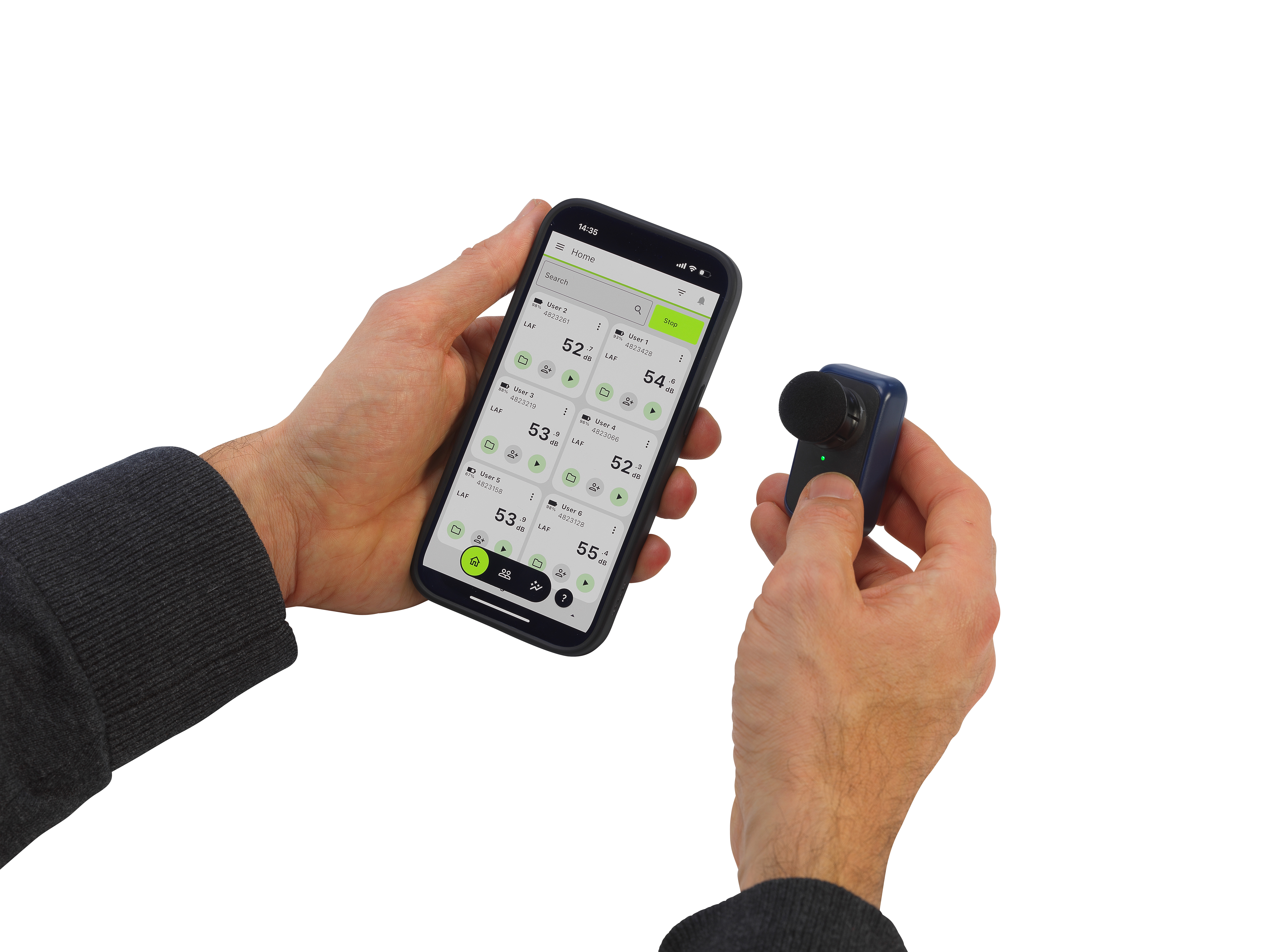The 5 Best UK Office Wellness Amenities in 2025
The landscape of UK workplace wellness has evolved dramatically in 2025, with employers increasingly recognising that employee wellbeing is not just a moral imperative but also an advantage in a highly competitive market. As hybrid models continue to reshape working environments, companies are investing more strategically in amenities that attract talent, boost productivity and demonstrate genuine care for their staff.
The most successful organisations are moving beyond the more traditional perks such as free coffee and fruit bowls, instead implementing wellness solutions that address the increasing physical, mental and emotional needs of modern employees.
This shift represents a fundamental change in workplace culture, where wellbeing amenities are viewed more as essential infrastructure rather than optional extras, with these amenities directly impacting everything from recruitment success to employee retention.
1. Dedicated Wellness and Nap Pods
Sleep pods have emerged as one of the most impactful wellness amenities in UK offices this year. Developed around a simple principle - a 20 minute nap is beneficial for well-being and productivity - these scientifically designed personal spaces offer employees a private retreat for relaxation, meditation or power naps during a busy workday.
The inclusion of sleeping pods addresses the growing recognition that rest is not a luxury but a necessity for a workforce to reach peak performance. Companies investing in these amenities are sending a powerful message that employee wellbeing is a strategic priority, not just tired corporate rhetoric. The sleek design and comfort features of the pods make them practical additions that can fit into existing office layouts without requiring extensive renovations.
2. On-Site Fitness Centres and Yoga Studios
Physical wellness facilities have become essential components of modern UK workplaces this year. Amenities such as on-site fitness centres, yoga studios and dedicated relaxation zones reflect a growing focus on holistic health in employees. Facilities such as these eliminate the common barriers to exercise that employees face, such as time constraints and travel to external facilities.
By providing more convenient access to physical activity, companies are directly showcasing the mental health benefits of exercise, which has become increasingly important as workplace stress levels continue to rise. The integration of fitness facilities also reinforces team building through group classes and creates opportunities for strengthening workplace relationships whilst promoting physical health.





3. Mental Health Support Spaces and Resources
Dedicated mental health resources and quiet retreat spaces have become a cornerstone of progressive workplace design. Organisations are increasingly offering staff more mental health resources and support, including access to mental health days, stress management courses and counselling services. These amenities recognise that mental wellbeing can directly impact productivity and creativity. Purpose-built wellness rooms provide employees with private spaces for decompression, mindfulness practices or confidential mental health consultations.
This trend reflects a broader shift towards removing the stigma around mental health support in professional environments and acknowledging that psychological wellbeing can be as crucial as physical health for sustainable workplace performance.
4. Biophilic Design Elements and Natural Wellness Features
Nature-inspired design elements have become a key wellness amenity in UK offices, with earthy tones emerging as a big trend for 2025. They're calm, natural and suitable for all different types of businesses. This includes the strategic use of natural lighting, living walls, indoor plants and colour palettes that mirror outdoor environments. Biophilic design elements have been proven to reduce stress, improve air quality and enhance cognitive function.
The implementation of these features recognises humans and their innate connection to nature. Replicating natural environments in office spaces can significantly improve employee wellbeing, reduce absenteeism and boost overall job satisfaction.
5. Flexible Community Spaces and Collaborative Wellness Zones
Multipurpose wellness areas that adapt to various activities have become essential in UK workplace design. By pooling resources and dedicating square footage to shared needs and tasks, companies can offer enhanced amenities that benefit everyone. These spaces serve multiple functions throughout the day, transforming from quiet meditation areas in the morning to collaborative social spaces during lunch breaks, and relaxation zones in the afternoon.
The flexibility of these amenities maximises their utilisation whilst accommodating diverse employee preferences and work styles. This approach recognises that wellness is not one-size-fits-all and that providing variety in wellness options ensures broader employee engagement with workplace wellbeing initiatives.




